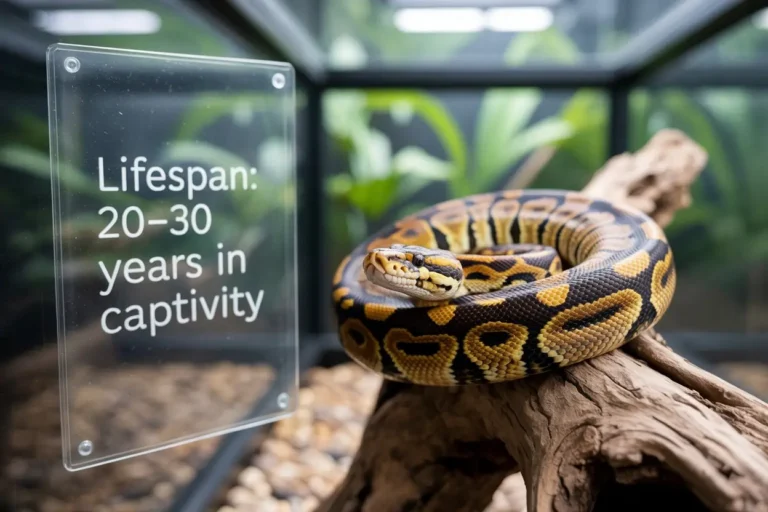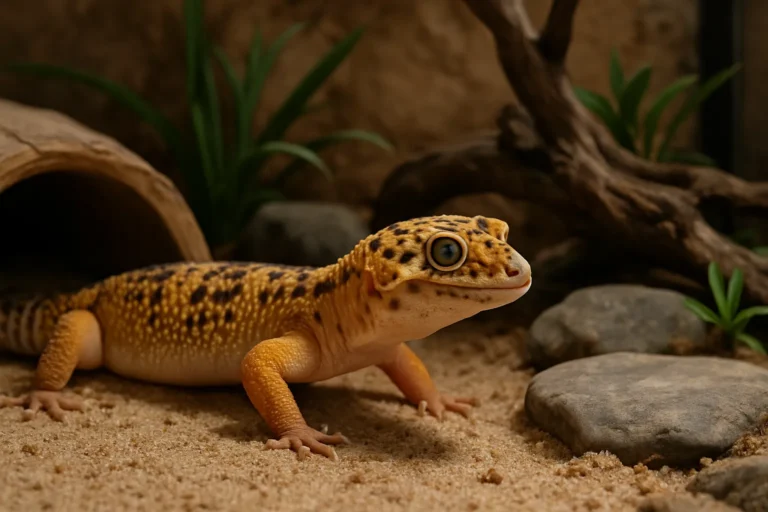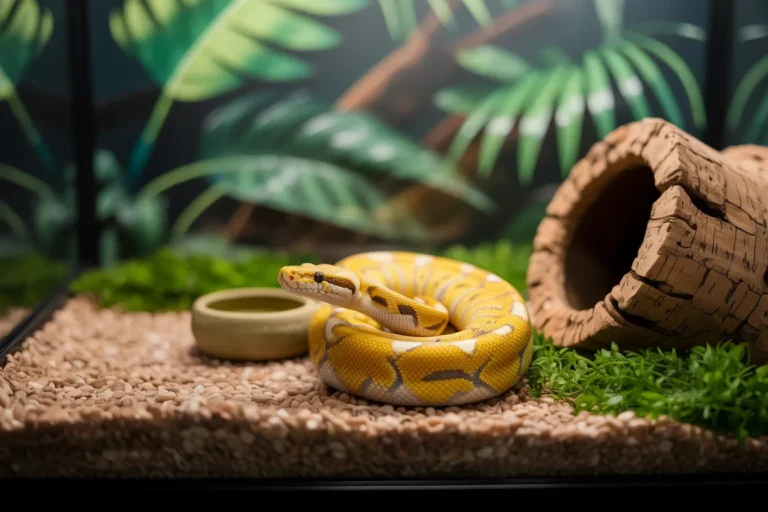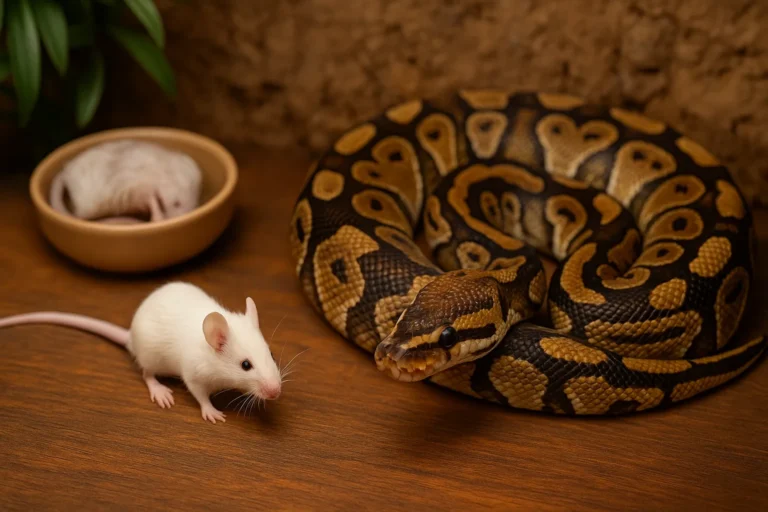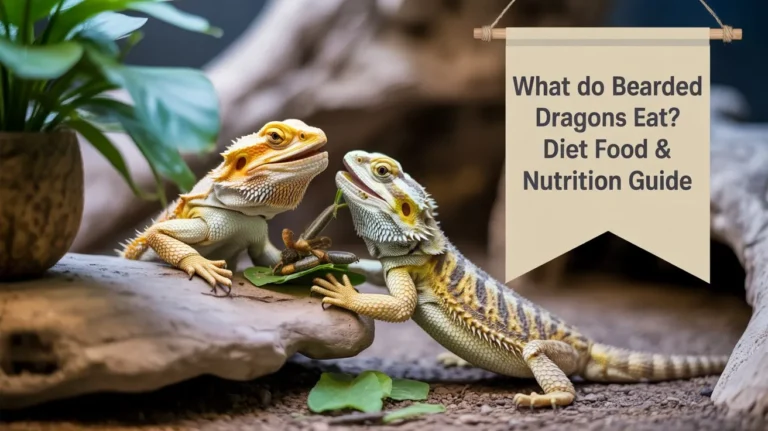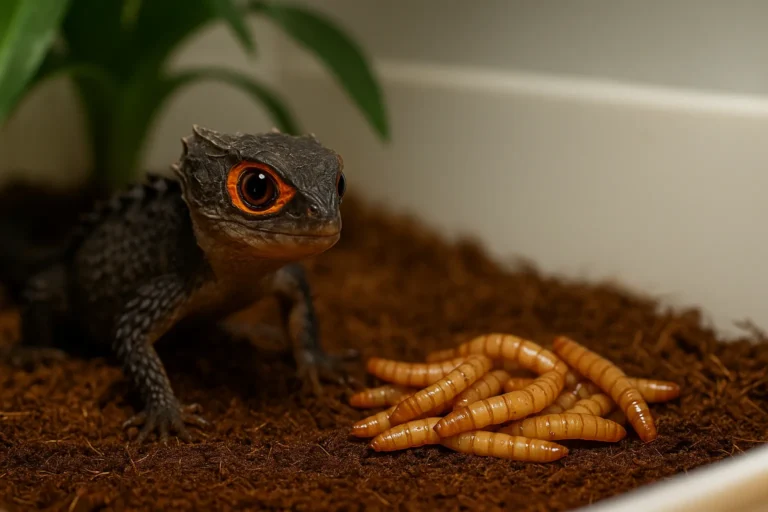Chameleon Species Guide 2025: Types, Adaptations & Pet Care Tips
Ever wondered which chameleon species makes the best pet, or how they survive in the wild with their color-changing skin? Chameleons are some of the most captivating reptiles in the world. With their ability to change color, project their tongues at lightning speed, and move their eyes independently, they have long captured the imagination of reptile enthusiasts and nature lovers alike.
However, chameleons are not just famous for their unique physical traits; their variety across species also makes them an interesting subject for study. In this article, we will delve into the different species of chameleons, highlighting their features, habitat, and care requirements, making it easier to understand their role in the wild and as pets.
What Is a Chameleon?
Chameleons belong to the family Chamaeleonidae, which includes over 200 species. They are primarily found in Africa, Madagascar, and some parts of Asia, Europe, and the Arabian Peninsula. These lizards are known for their distinctive features:
- Color-Changing Skin: Their ability to change color is linked to temperature, mood, and communication rather than camouflage alone.
- Prehensile Tail: The tail of a chameleon functions almost like a fifth limb, helping them to grip onto branches and navigate trees.
- Zygodactylous Feet: Their feet have two sets of toes that work like pincers, allowing them to securely hold onto branches and climb trees.
- Projectile Tongue: Chameleons can extend their tongues at incredible speeds to catch prey, typically extending up to 1–1.5 times their body length.
- Independent Eyes: Chameleons have the ability to move each eye independently, giving them nearly 360° vision.
Chameleon Species Overview
While there are over 200 species of chameleons, they are primarily divided into a few key groups based on size, habitat, and behavior. Here’s a look at the most well-known and common chameleon species:
Veiled Chameleon (Chamaeleo calyptratus)
- Origin: Native to Yemen and Saudi Arabia, specifically in mountainous and semi-arid regions.
- Size: Males can grow up to 35–60 cm, while females are smaller, ranging from 25–33 cm in total length.
- Lifespan: With proper care, veiled chameleons can live 5–6 years.
- Care Requirements: Veiled chameleons are relatively easy to care for, making them popular among beginners. They require a large, well-ventilated enclosure with UVB lighting, appropriate humidity levels, and a varied diet of insects and occasional plants.
- Key Traits: These chameleons are known for their “veiled” casque, or head crest, which gives them a distinct appearance. They are also quite colorful, with males being particularly vibrant.
Panther Chameleon (Furcifer pardalis)
- Origin: Found in Madagascar, specifically in the eastern and northern regions.
- Size: Males can reach 38–53 cm, while females are typically 23–33 cm.
- Lifespan: Panther chameleons live an average of 5–7 years in captivity, with proper care.
- Care Requirements: These chameleons need a tall enclosure, UVB lighting, high humidity levels, and a diet of live insects like crickets, dubia roaches, and mealworms.
- Key Traits: Known for their vibrant color patterns, panther chameleons are one of the most colorful species. They require a warm environment and can become stressed easily, so handling should be kept to a minimum.
Jackson’s Chameleon (Trioceros jacksonii)
- Origin: Native to East Africa, including Kenya and Tanzania, and introduced to Hawaii.
- Size: Males and females typically grow to 23–33 cm in length.
- Lifespan: They can live 5–10 years with proper care.
- Care Requirements: Jackson’s chameleons are more demanding than veiled or panther chameleons. They require a cool and misted environment, with temperature ranges of 20–25°C during the day and 15–20°C at night. They are arboreal, requiring a tall enclosure and access to plenty of branches.
- Key Traits: Males are easily recognizable by the three horns on their heads, which they use for territorial disputes. They also have a more laid-back demeanor compared to other chameleon species.
Parson’s Chameleon (Calumma parsonii)
- Origin: Native to Madagascar, where they live in the humid forests at higher elevations.
- Size: Parson’s chameleons are among the largest species, with males reaching up to 68 cm.
- Lifespan: These chameleons can live up to 14 years in captivity, making them a long-term commitment.
- Care Requirements: Due to their large size, they need a very spacious enclosure—at least 200 gallons or more for an adult male. They thrive in a humid environment and need both heat and UVB lighting.
- Key Traits: Known for their size and slow movements, Parson’s chameleons are gentle giants. They are particularly popular among experienced chameleon keepers.
Pygmy Chameleons (Rhampholeon spp.)
- Origin: Found in East and Central Africa, particularly in forested regions.
- Size: These are among the smallest chameleons, typically measuring 6–10 cm in total length.
- Lifespan: They live for 1–3 years in captivity.
- Care Requirements: Pygmy chameleons are ground-dwelling and prefer a low-profile enclosure filled with leaf litter and small plants. They require higher humidity and lower temperatures than other chameleon species.
- Key Traits: Pygmy chameleons are often overlooked due to their small size, but they are quite fascinating. Their cryptic coloration and tendency to stay hidden in the substrate make them less active but still captivating to observe.
Conservation Status of Chameleons
Many species of chameleons are threatened due to habitat destruction, illegal pet trade, and climate change. According to the International Union for Conservation of Nature (IUCN), 36% of chameleon species are currently listed as threatened. Species like the Panther Chameleon and Parson’s Chameleon are at significant risk, with habitat loss being one of the biggest threats.
Efforts are being made to protect chameleons in the wild through conservation programs, habitat restoration, and regulation of the pet trade. Ethical breeding and responsible pet ownership also play a crucial role in ensuring their survival.
Choosing the Right Chameleon
When deciding which chameleon species to keep as a pet, it is essential to consider:
- Experience: Some chameleons, like veiled and panther chameleons, are better suited for beginners, while species like the Jackson’s and Parson’s chameleons require more specialized care.
- Space Requirements: Larger species such as the Parson’s chameleon need very spacious enclosures, while smaller species like the pygmy chameleons require less space.
- Temperature and Humidity: All chameleons need a controlled environment with specific temperature and humidity levels. Some species, like Jackson’s chameleons, prefer cooler conditions, while others need more warmth and higher humidity.
Conclusion
Chameleons are truly unique creatures, with each species exhibiting fascinating traits that help them survive in their natural habitats. Whether you’re a seasoned reptile enthusiast or a beginner, understanding the various species and their specific needs is essential for providing them with a suitable environment. From the vivid Panther chameleon to the miniature Pygmy chameleon, each species brings something special to the table. By selecting the right species and ensuring proper care, you can enjoy a rewarding experience with one of nature’s most mesmerizing reptiles.

